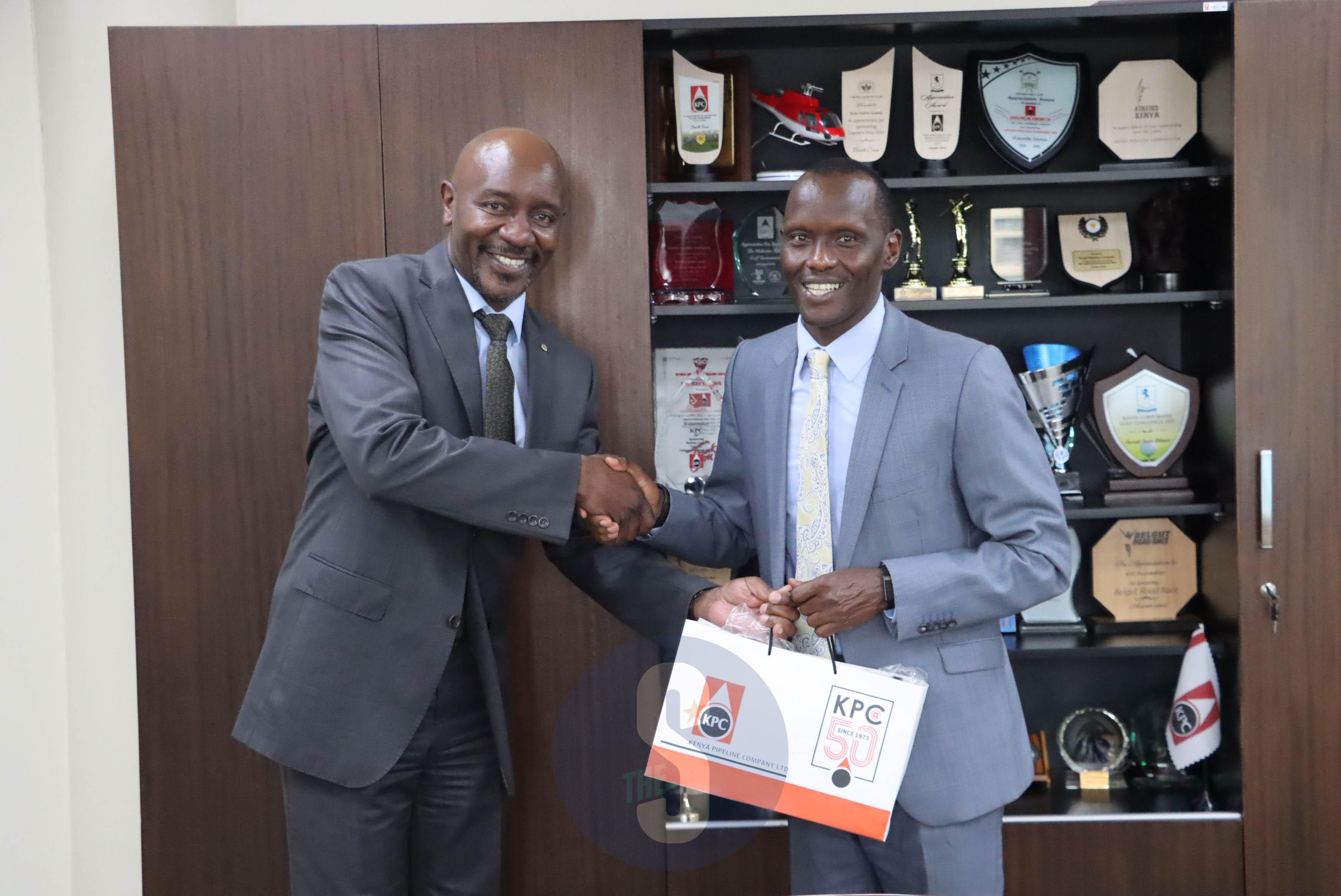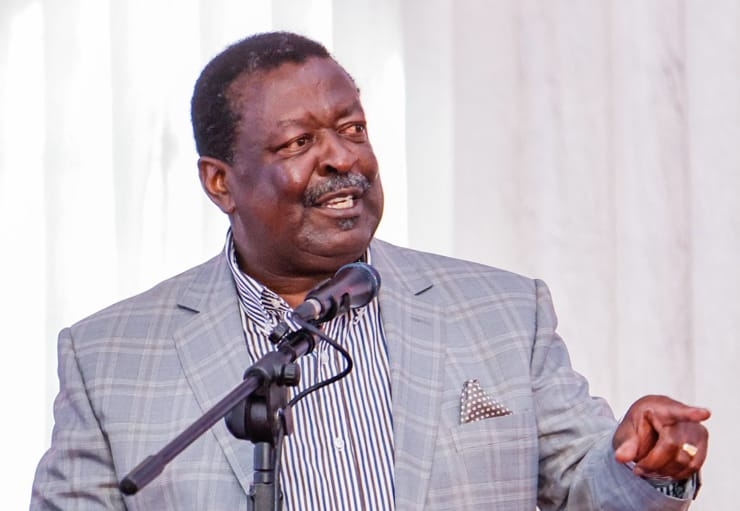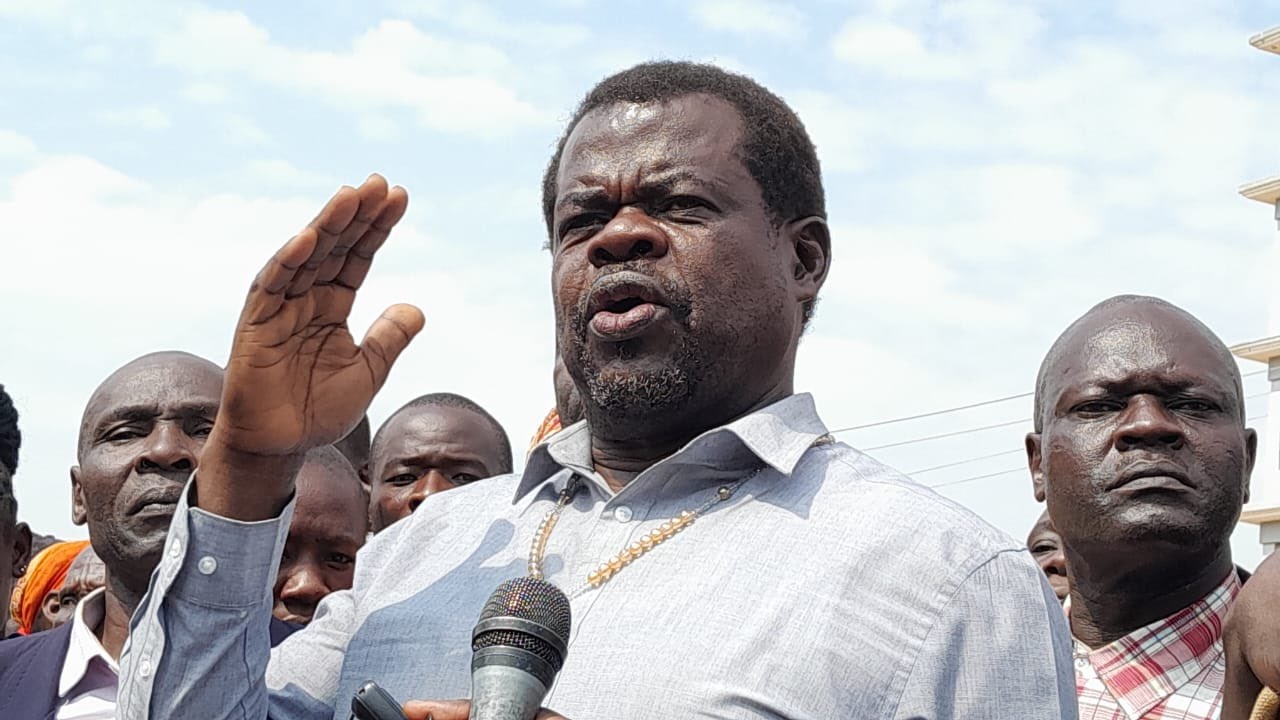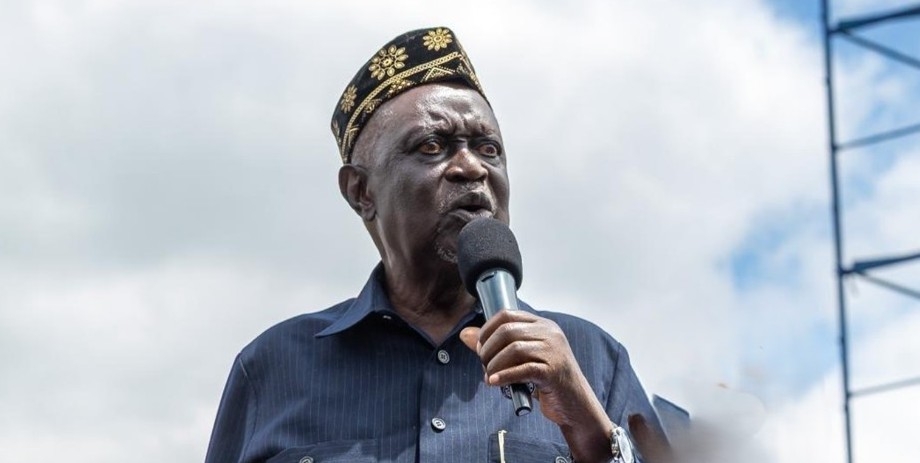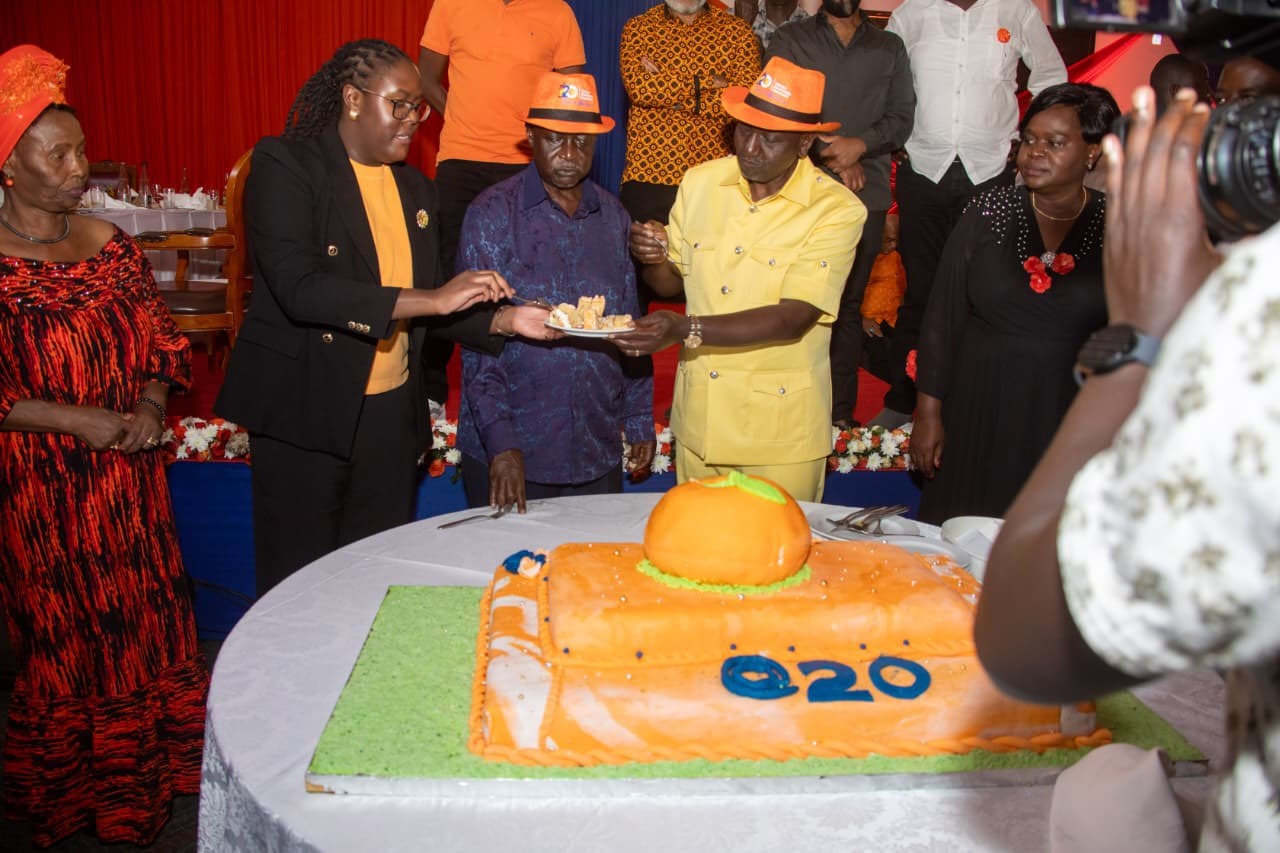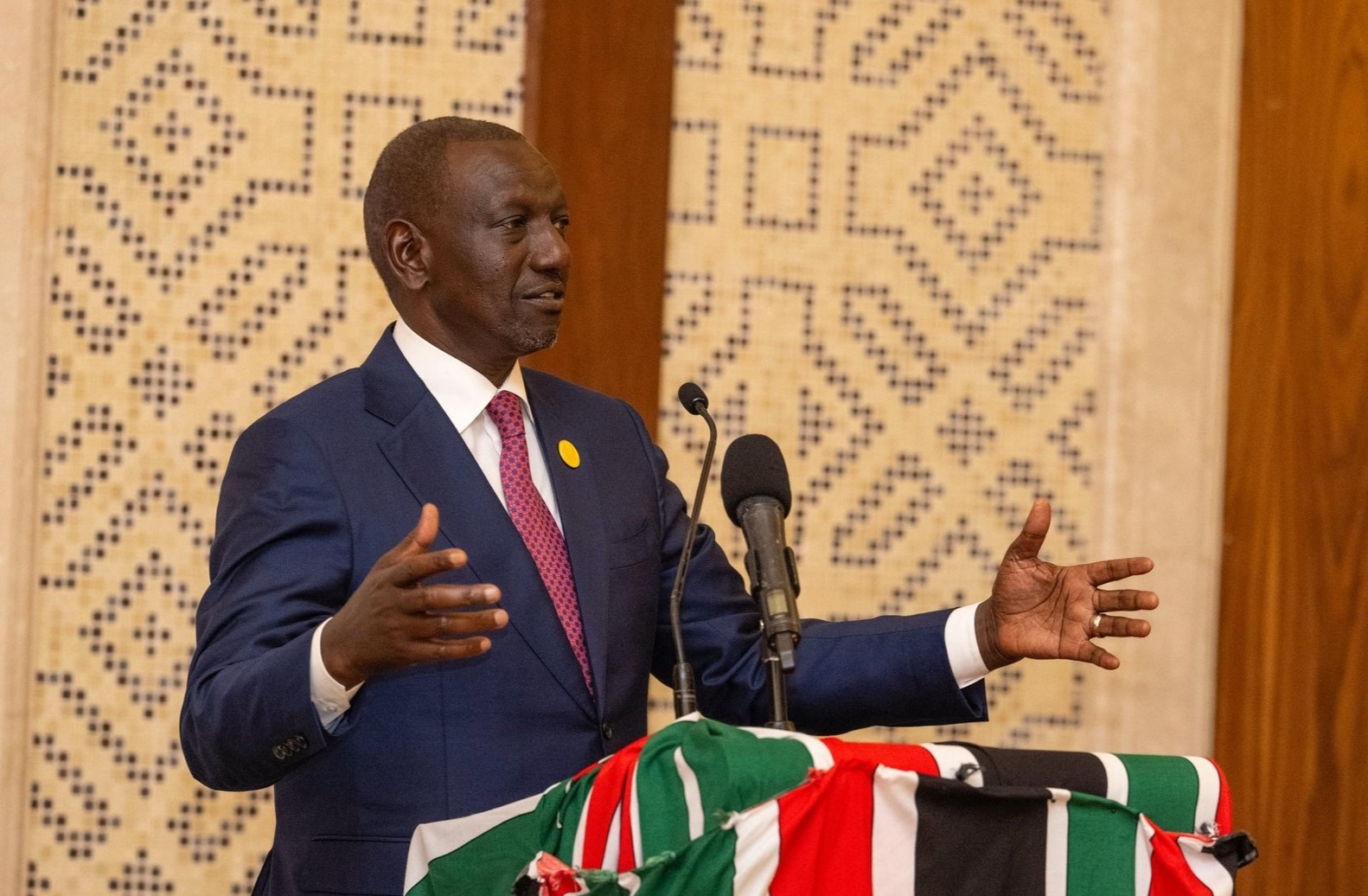You can now get a glimpse of Sudan-the last known male northern white rhino at the National Museums of Kenya.
Sudan will now be available for public viewing in the next one week free of charge.
Tourism and Wildlife CS Peninah Malonza presided over the handing over of Sudan’s taxidermy to Kenya from the Czech Republic at NMK in Nairobi on Tuesday.
Taxidermy involves creating lifelike models. It involves the removal, cleaning, preserving and filling the skins of dead animals with a special material to make them look as if they are still alive.
Malonza said Sudan’s taxidermy is a constant reminder to the government and partners that supporting the conservation of key species remains their top priority mandate.
“This is a constant reminder of we who will be judged harshly by future generations, if we do not take the necessary steps to save the species from extinction,” the CS said.
Czech Ambassador to Kenya Martin Klepetko, designated Chief Administrative Secretaries Wilson Sossion and Rehema Jaldesa were present.
Others present were Wildlife Research and Training Institute CEO Patrick Omondi, Kenya Wildlife Service director general Patrick Kanga and KWS board chairman Walter Koipaton were present.
Sudan was born in 1972 and died on March 18, 2018. His skin and skeleton were transported to the Czech Republic in 2019.
In 2021, Sudan’s taxidermy was completed and displayed in the Czech Republic together with its skeleton.
The beloved icon of wildlife conservation that has captured the hearts of millions around the world was shipped to Kenya on March 25.
After the death of Sudan, only two females, Najin and Fatu, are the remaining northern white rhinos at Ol Pejeta Conservancy.
To prevent the extinction of the northern white rhino, the international consortium of scientists and conservationists BioRescue led by Leibniz-IZW has been harvesting immature egg cells (oocytes) from the two females and artificially inseminating them using frozen sperm from deceased males to create viable northern white rhino embryos since 2019.
BioRescue is supported by the German Federal Ministry of Education and Research.
Other scientists are from the Leibniz Institute for Zoo and Wildlife Research, Ol Pejeta Conservancy, Safari Park Dvůr Králové, KWS and WRTI.
Soon, the embryos will be transferred to southern white rhino surrogate mothers to create northern white rhino offspring.
Malonza said the country is happy after being identified to host the recovery efforts to give the northern white rhino a second chance from extinction.
She said innovative technologies are being used to save the species from going extinct.
The assisted reproduction process for the recovery of the species is being undertaken by scientists drawn from various countries that include Kenya.
The CS said 24 northern white rhino embryos have so far been secured, an exercise that is undertaken every four months to maximise the number of embryos that can be developed to enhance recovery efforts.
The embryos are now being kept in labs waiting transfer to the surrogate mother.
“We wish the experts the best,” she said.
Malonza said they realised that, in addition to providing secure habitat for wildlife, human-wildlife conflict fatalities are on the increase, especially due to the impacts of climate change.
The CS said rhino poaching, which had been a major challenge threatening them, has been managed.
However, she said, a lot still needs to be done to ensure that poaching is not allowed.
She warned the would-be poachers that the long arm of the law will catch up with them, adding that the rhino population is estimated at 1,890 as of the end of 2022.
There are 966 black rhinos, 922 southern white rhinos and two northern white rhinos, the CS said.
Malonza said Sudan’s taxidermy will be displaced in an area that can be accessed by Kenyans and the global community.
“Appropriate messages will be displayed to ensure Sudan continues to be an ambassador for the species even in his death.”
Kanga on his part said poaching will not be tolerated.
"We have the boots on the ground to account for each rhino every morning," he said, adding that even though the drought has affected wildlife, no rhino had succumbed.
He said those that have died is as a result of territorial fights.





